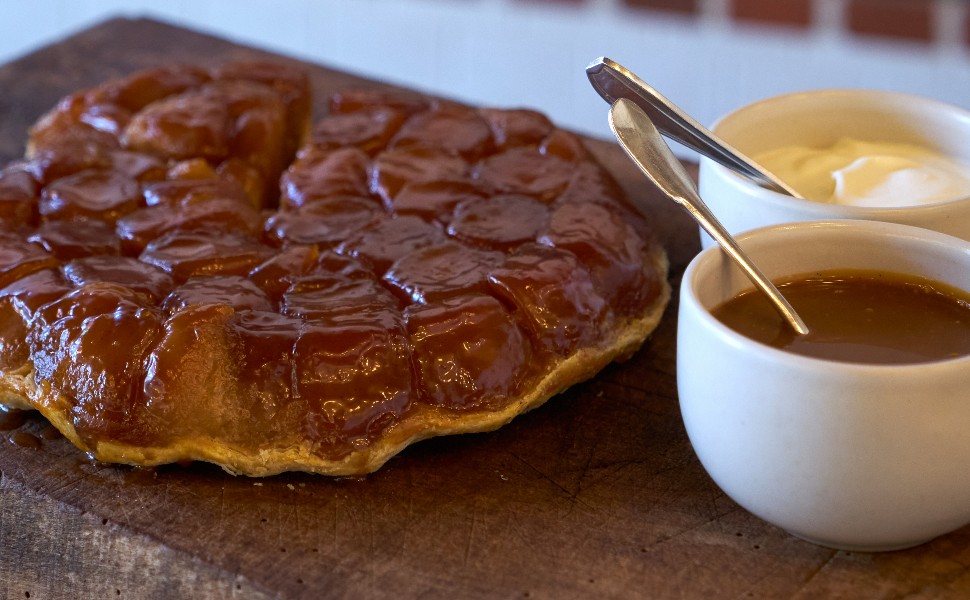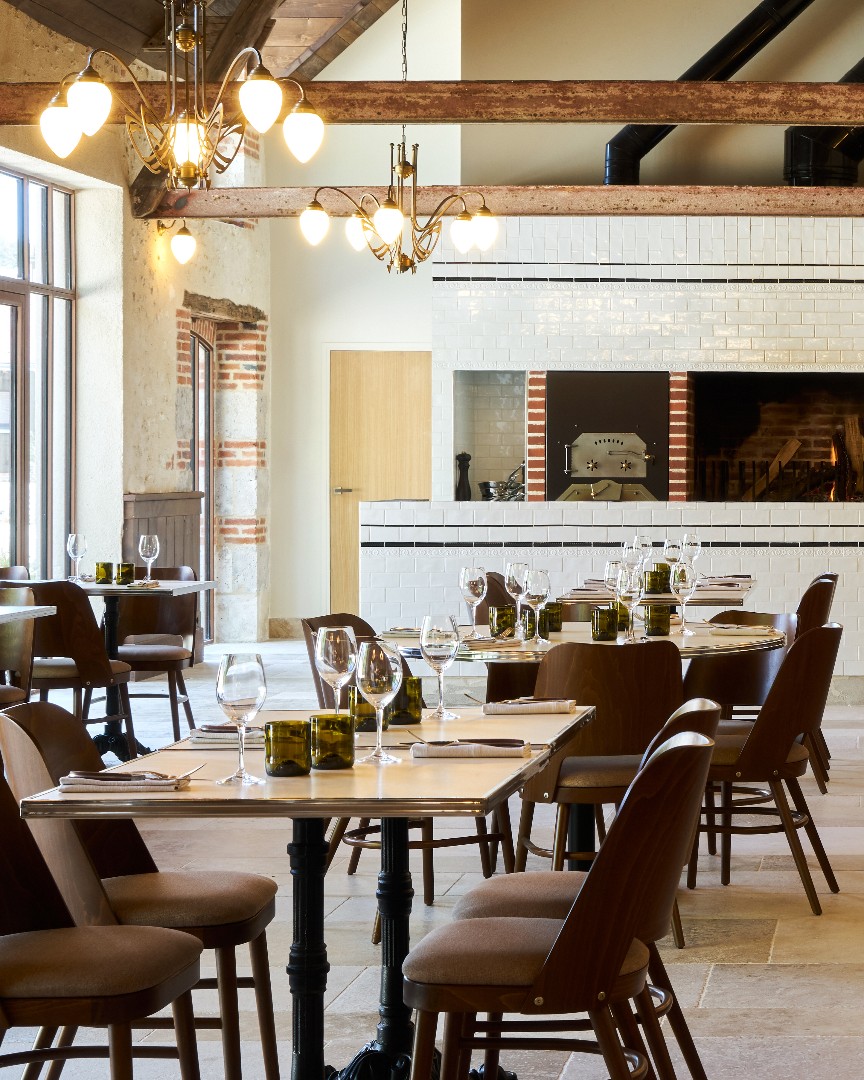 All Articles
Adventure & Discovery
Discovery
Escape
Gastronomy
Hotel
Interview
Les Sources
Portrait
Tableware
Well-being
All Articles
Adventure & Discovery
Discovery
Escape
Gastronomy
Hotel
Interview
Les Sources
Portrait
Tableware
Well-being
 Automotive
Fashion
Gastronomy
Real Estate
Services
Tourism
Yachting
Automotive
Fashion
Gastronomy
Real Estate
Services
Tourism
Yachting

According to legend, the "Tarte Tatin" resulted from forgetfulness in the kitchens of a hotel-restaurant in the village of Lamotte-Beuvron, south of Orléans, run until 1906 by Stéphanie and Caroline Tatin. Popular among huntsmen, it was known for its delicious, melting and caramelised apple pies. One day, seeing there was no dessert, one of the sisters rushed into the kitchen, placed a few peeled apples in a buttered mould, sprinkled them with sugar, and put them in oven, forgetting the pastry. Realising her mistake, she then hastily placed it on top of the apples while they were baking. When served, the melting apples with crusty pastry won a huge success. Though it is also said to be an apple pie simply turned upside-down after baking. And the Tatin sisters did not create it. It is an old Solognote recipe passed on from mother to daughter. A few years later, the "Tarte des Demoiselles Tatin" appeared on the menu of the famous Parisian restaurant Maxim’s after its owner tasted it at the Hôtel Tatin. Others were soon conquered: Maurice-Edmond Sailland aka Curnonsky, high ambassador of French cuisine, spread its fame by including it in a book co-written with Marcel Ruff, La France gastronomique - L’Orléanais (1926).
He may also have invented the legend about the sisters' forgetfulness! Whatever… "Tarte Tatin", now one of France's favourite desserts, is world-renowned, listed in UNESCO's Immaterial Heritage, and upheld by the "Confrérie des Lichonneux de Tarte Tatin" since 1978.









